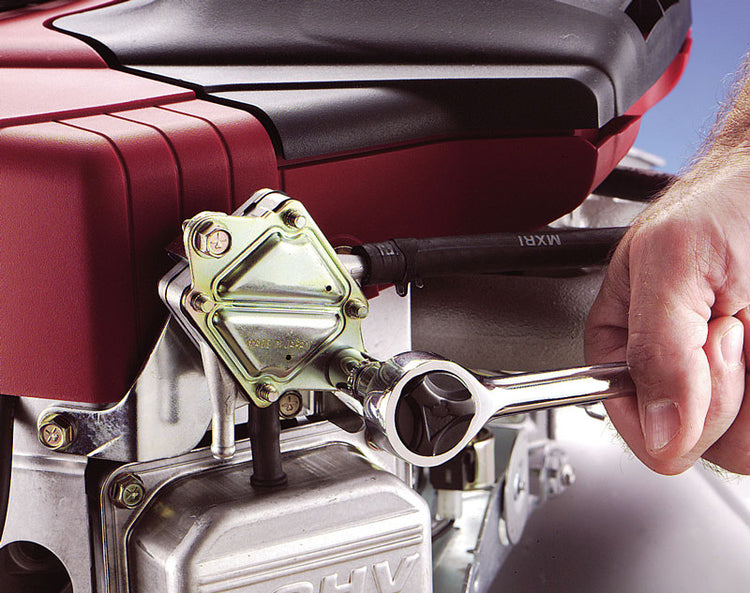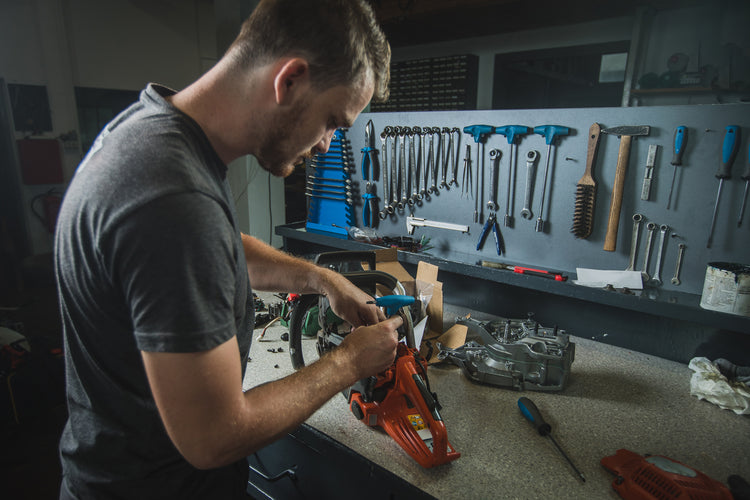Fuel pumps, or gas pumps, play a vital role in maintaining the efficiency and performance of outdoor power equipment such as lawn mowers, garden tractors, and generators. In this article, we will explore the importance of fuel pumps in outdoor power equipment, discuss common symptoms of a bad fuel pump, tips for ensuring longevity and optimal performance, and share insights on fuel pump replacement cost.
The Importance of Fuel Pumps in Outdoor Power Equipment
Fuel pumps are responsible for supplying a steady flow of fuel from the tank to the engine. They serve various purposes, including:
- Maintaining proper fuel pressure for optimal combustion and engine performance.
- Overcoming gravity and distance to transport fuel from the tank to the engine.
- Regulating fuel flow to ensure the engine receives the right amount for peak efficiency.
Fuel pumps come in different forms, such as mechanical, electric, and fuel transfer pumps. The fuel pump assembly often consists of various components, including the pump itself, strainer, and fuel level sending unit. A reliable fuel pump is crucial for maintaining the performance and longevity of outdoor power equipment engines.
Common Symptoms of a Bad Fuel Pump
A bad fuel pump can lead to several issues in your outdoor power equipment. Here are some common symptoms to look out for:
- Difficulty starting the engine
- Engine stalling or sputtering
- Decreased engine performance and power
- Poor fuel efficiency
- Inconsistent fuel pressure
If you suspect a bad fuel pump, it is essential to address the issue promptly to prevent further damage to the engine.
Fuel Pump Maintenance: Tips for Ensuring Longevity and Optimal Performance
Proper fuel pump maintenance is crucial for extending the life of your outdoor power equipment and ensuring optimal performance. By taking a few simple steps, you can prevent common issues and keep your fuel pump in excellent condition. Here are some essential fuel pump maintenance tips:
- Regularly inspect the fuel lines: Check the fuel lines for any signs of wear, cracking, or damage. Replace the lines if you notice any issues to prevent leaks and ensure a steady fuel supply to the engine.
- Clean or replace the fuel filter: The fuel filter helps prevent debris and contaminants from entering the fuel pump and the engine. Regularly cleaning or replacing the fuel filter according to the manufacturer's recommendations will maintain proper fuel flow and prevent potential damage to the fuel pump.
- Use fresh, high-quality fuel: Stale fuel or fuel with water contamination can cause damage to the fuel pump and other engine components. Always use fresh, high-quality fuel and store it in a clean, sealed container. If your outdoor power equipment will be unused for an extended period, consider using a fuel stabilizer to prevent fuel degradation.
- Periodically check for leaks: Inspect the fuel pump and surrounding area for any signs of leakage. If you find any leaks, address them immediately to prevent further damage to the fuel pump and the engine.
- Monitor fuel pressure and performance: Pay attention to your outdoor power equipment's performance, and take note of any changes in power output or fuel efficiency. If you notice any issues, check the fuel pressure and consult the manufacturer's guidelines to determine if the fuel pump may be the cause.
- Schedule routine maintenance: Adhere to the manufacturer's recommended maintenance schedule for your outdoor power equipment. Regular maintenance will help identify and address any potential issues with the fuel pump and other components before they lead to more significant problems.
By following these fuel pump maintenance tips, you can prolong the life of your fuel pump, improve your outdoor power equipment's performance, and minimize the risk of unexpected breakdowns.
Fuel Pump Replacement Cost and Options
The cost of a fuel pump replacement varies depending on the type of outdoor power equipment, the specific fuel pump model, and labor costs. On average, fuel pump replacement costs can range from $50 to $300 for parts, with additional labor charges if you choose to have a professional handle the installation.
When it comes to replacing a fuel pump, you have several options:
- Original Equipment Manufacturer (OEM) fuel pumps: These pumps are made by the same manufacturer as your outdoor power equipment and are designed to meet the original specifications. OEM fuel pumps may come at a higher price, but they guarantee compatibility and optimal performance.
- Aftermarket fuel pumps: These pumps are produced by third-party manufacturers and are designed to fit specific models and brands, including Kohler fuel pumps, Ford/New Holland fuel pumps, and White fuel pumps. Aftermarket fuel pumps are often more cost-effective than OEM options and can provide equal or superior performance.
- Refurbished or used fuel pumps: Purchasing a refurbished or used fuel pump may lower the replacement cost. However, it is essential to ensure the pump is in good working condition and compatible with your outdoor power equipment.
Conclusion
Fuel pumps are essential for the smooth operation of outdoor power equipment engines. Recognizing the symptoms of a bad fuel pump and understanding the options for replacement can save you time, money, and frustration. We carry a wide range of fuel pump options, including Kohler fuel pumps, Ford/New Holland fuel pumps, White fuel pumps, and more, ensuring that you find the right solution for your outdoor power equipment needs.



